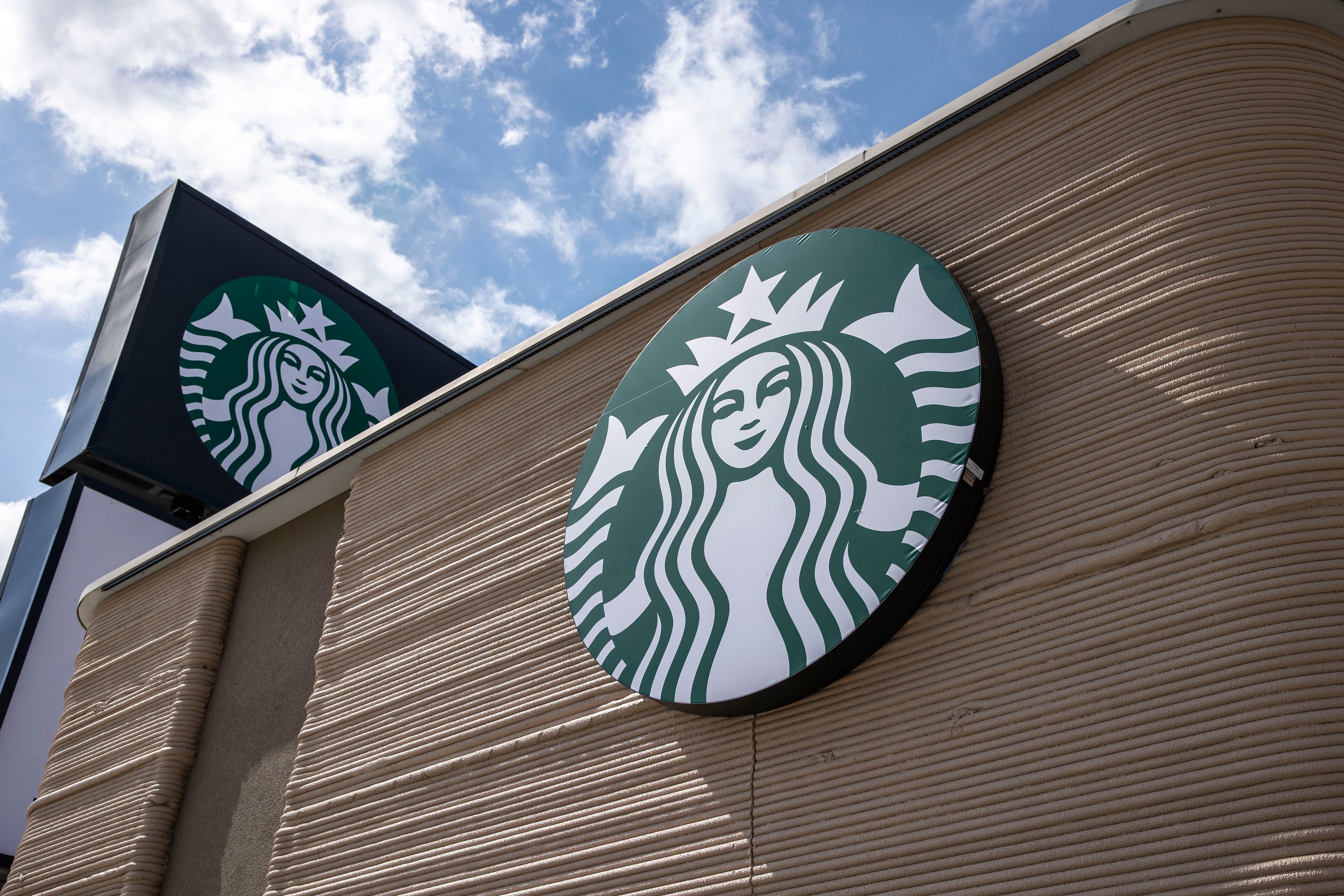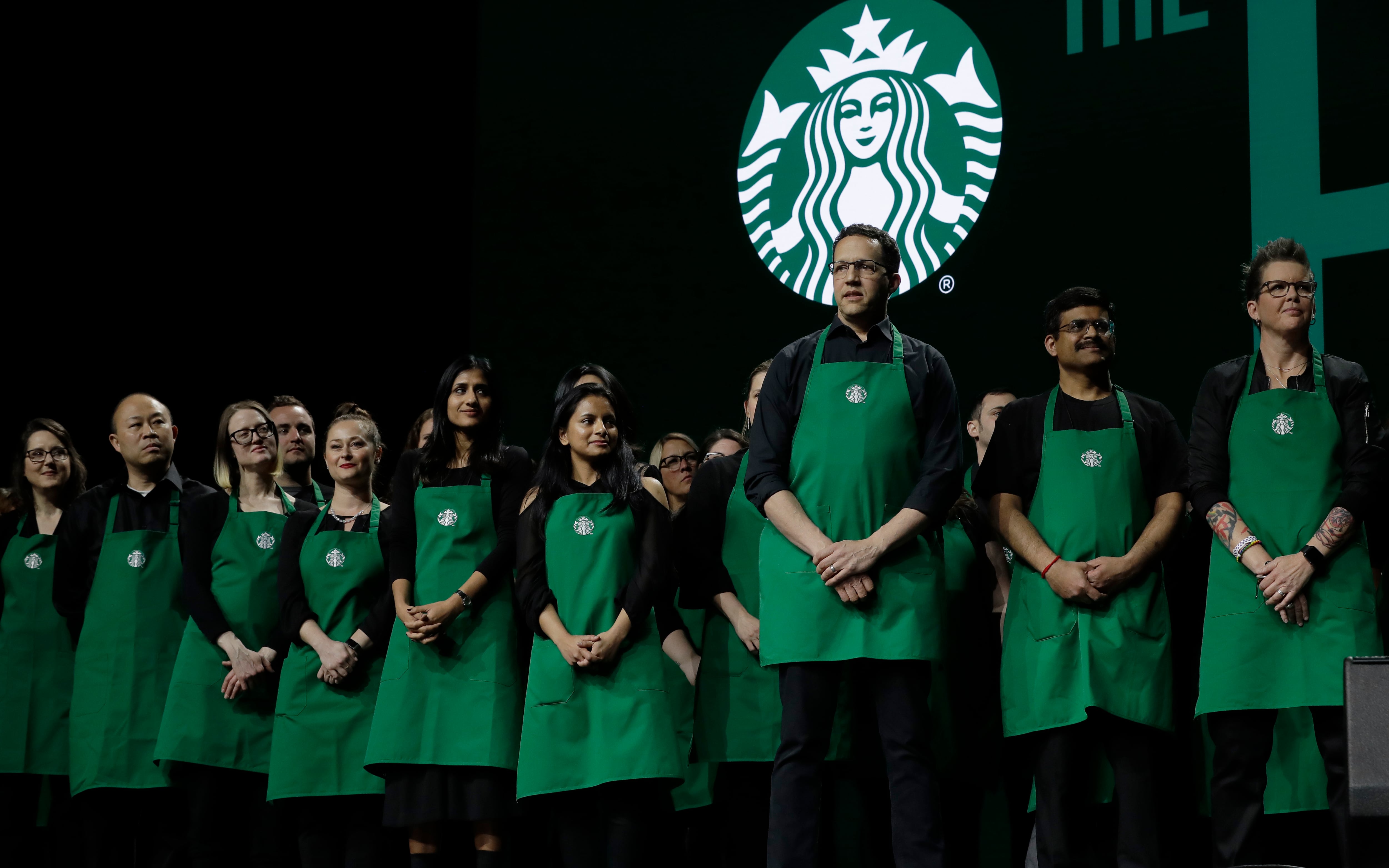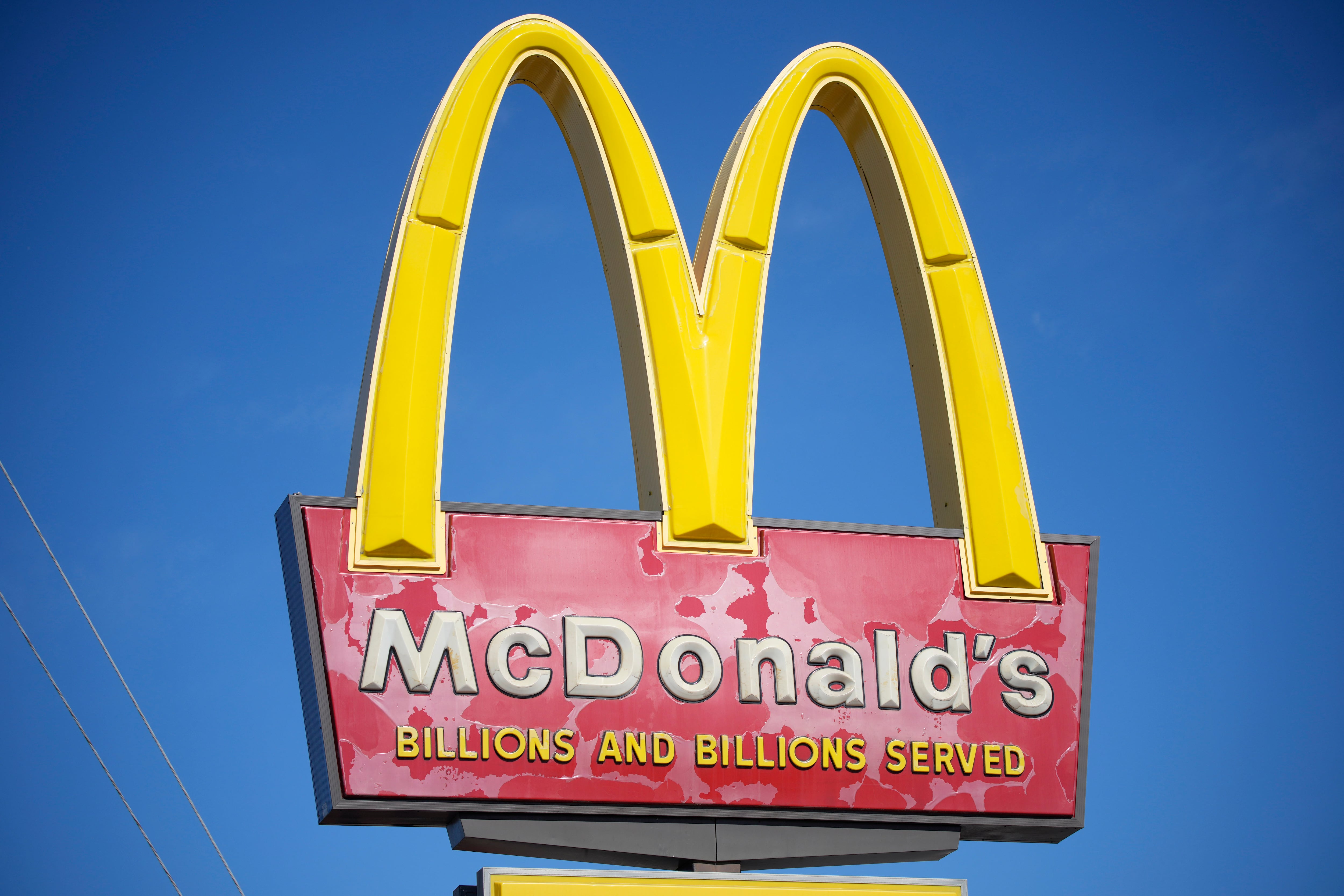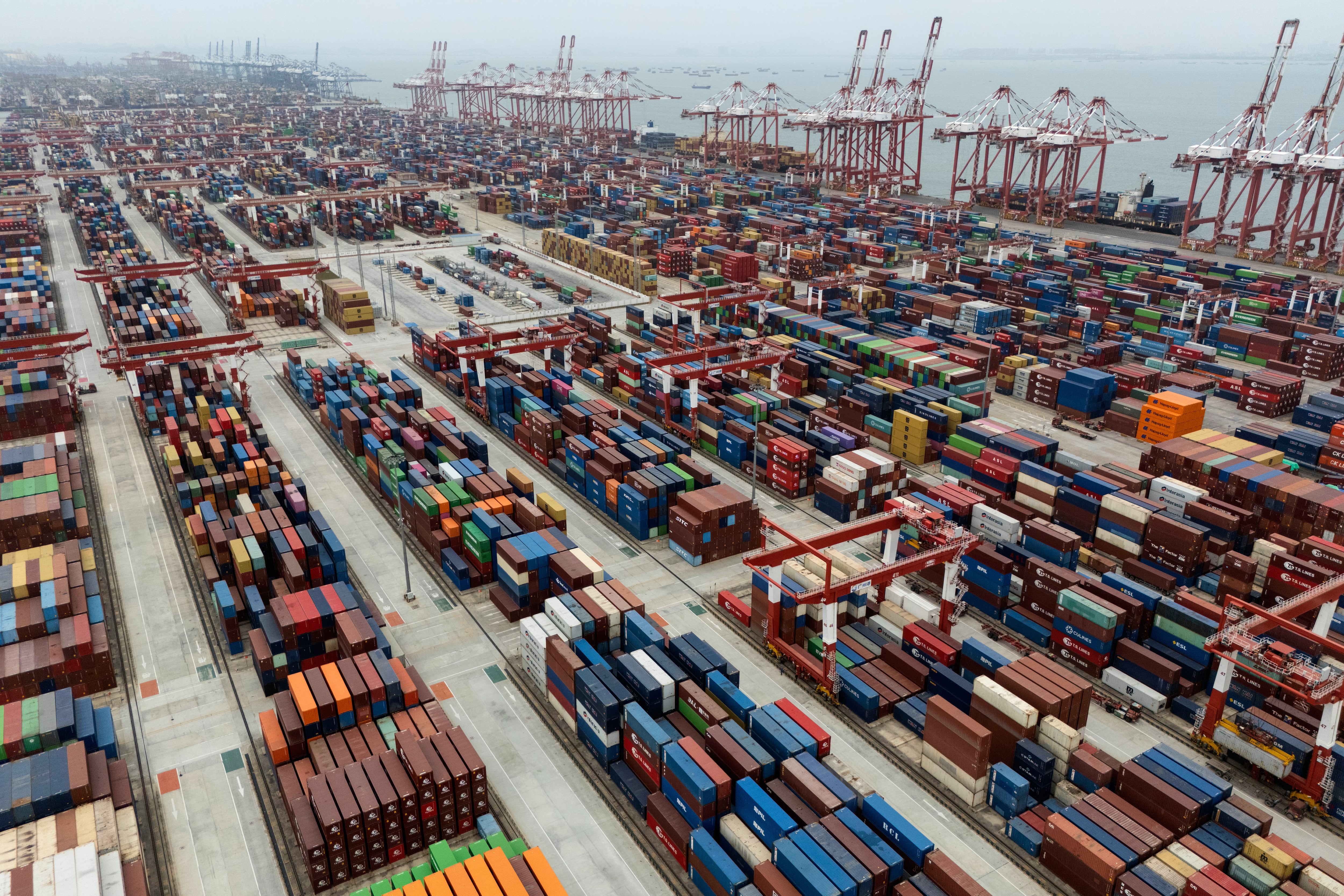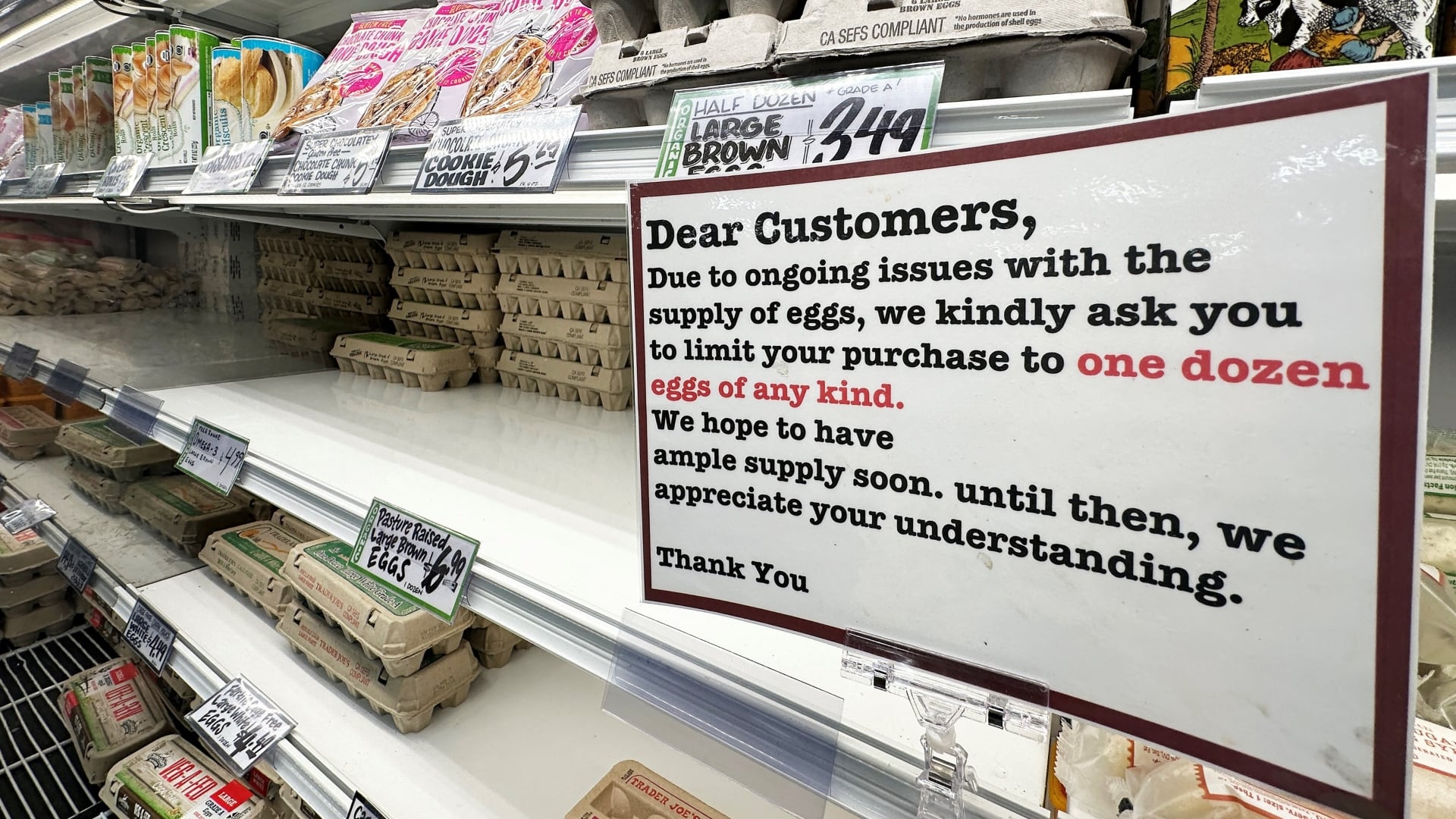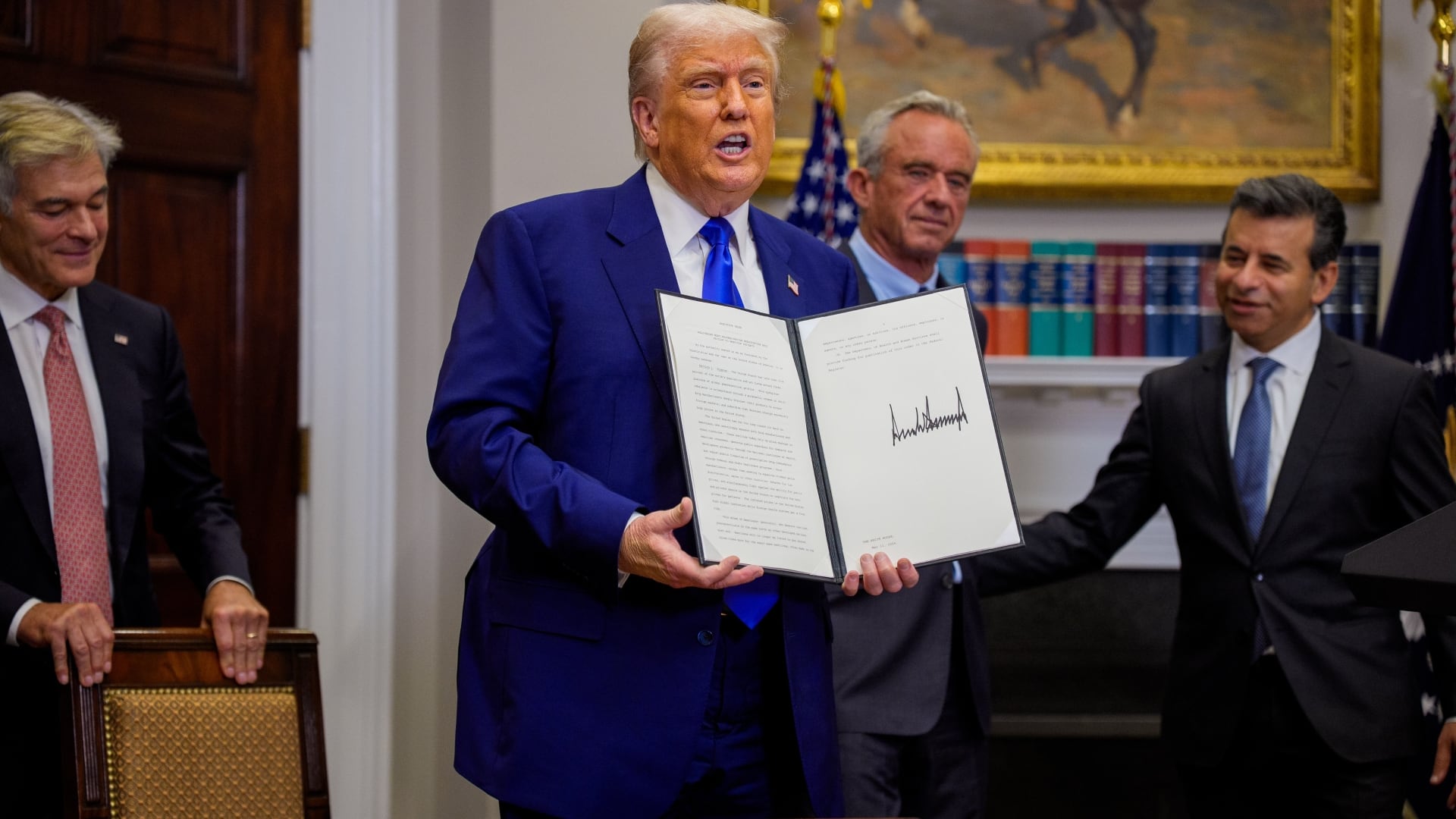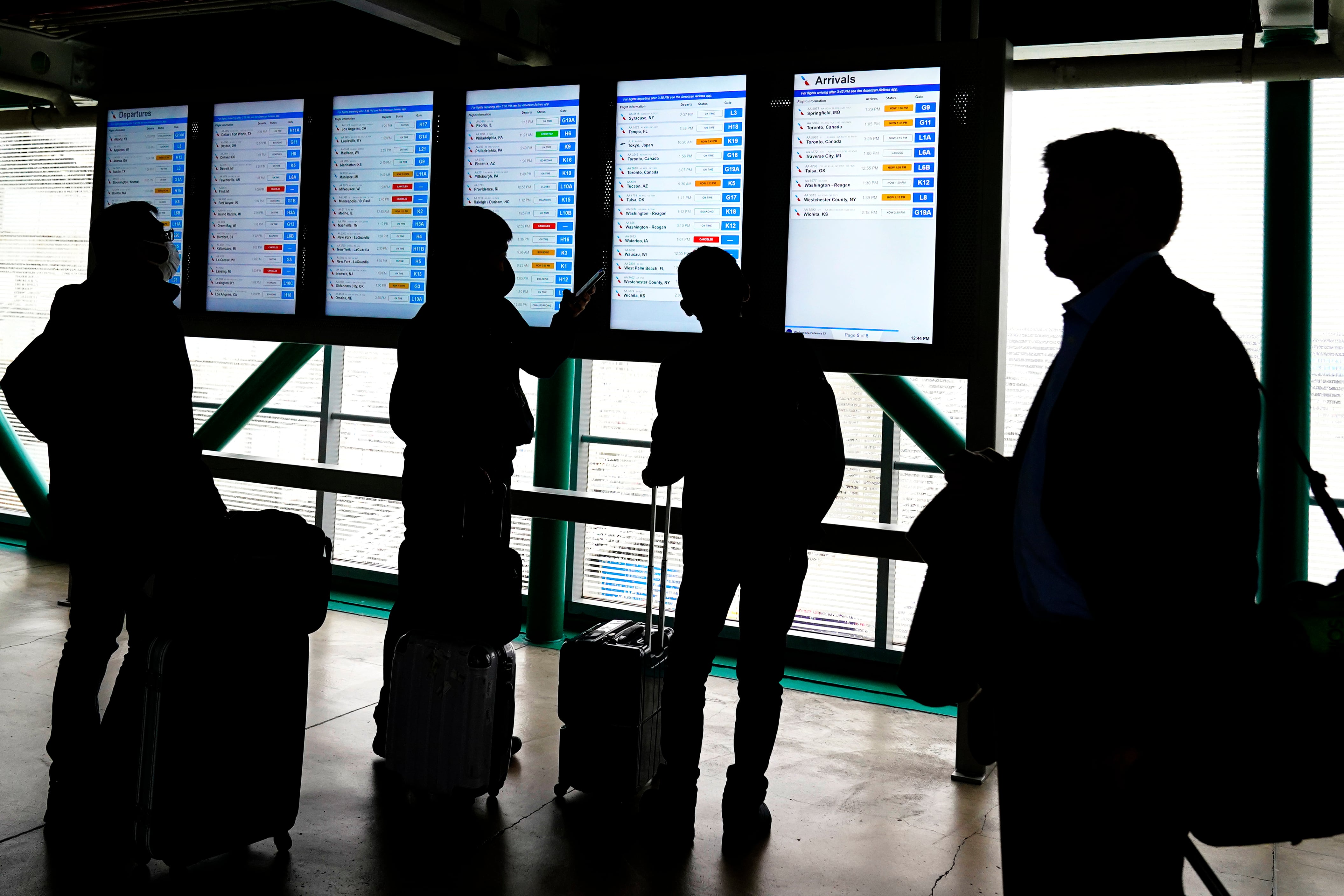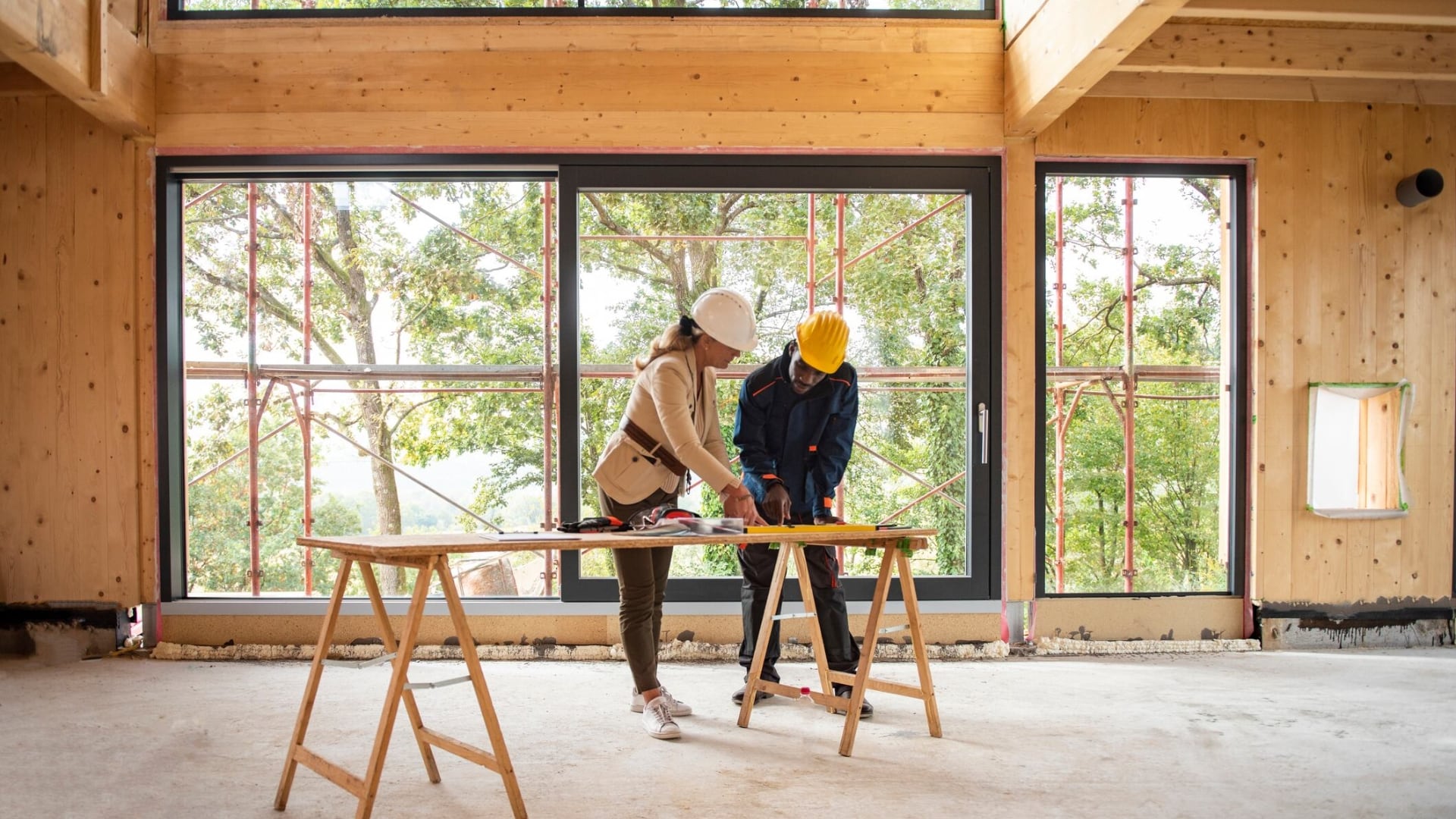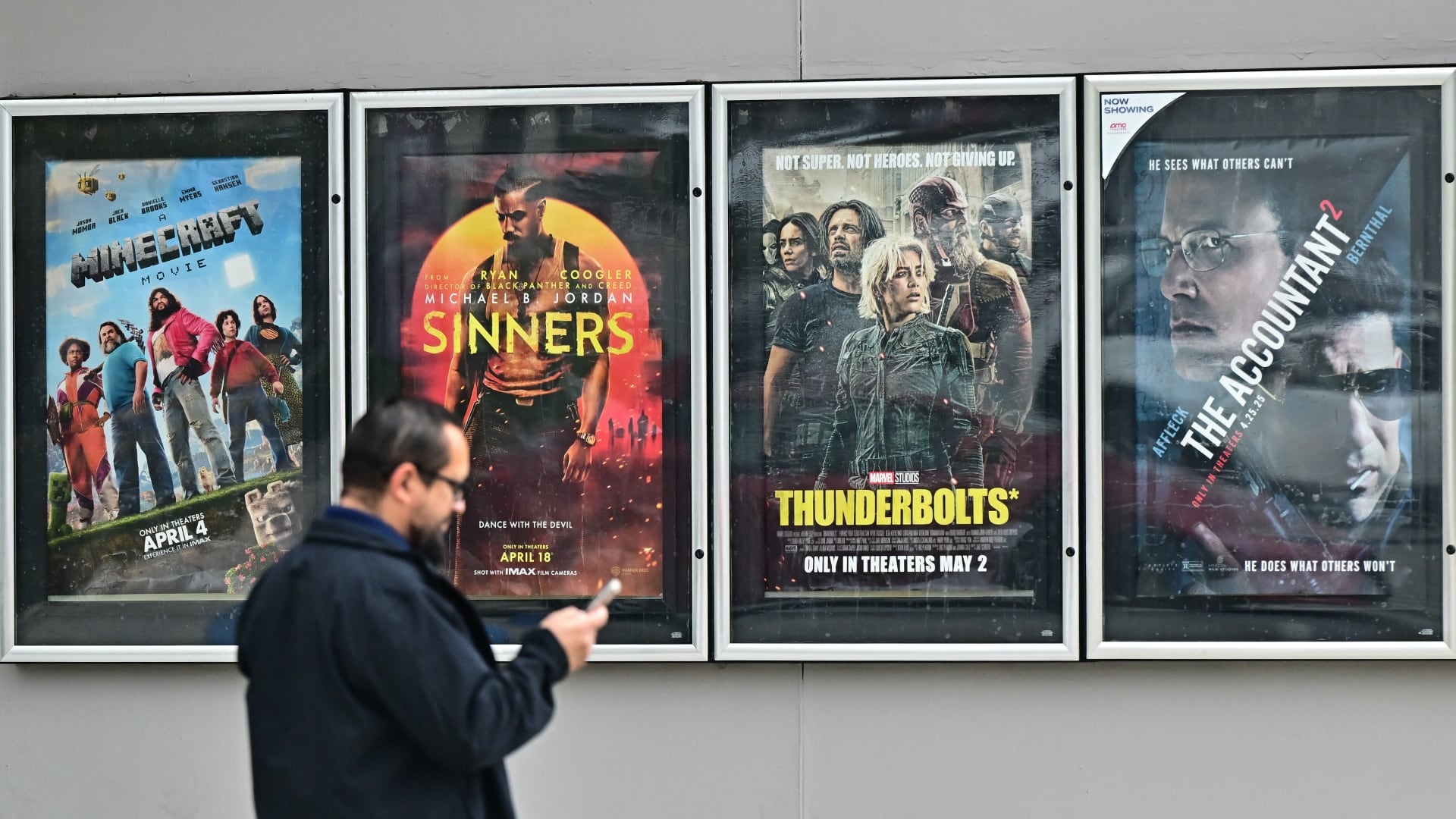There’s a new pour from Starbucks: Its first 3D printed store in the U.S.
The Seattle-based coffee giant with more than 17,000 locations nationwide has never had a store quite like the one opening this week in the Texas city of Brownsville, along the U.S.-Mexico border, where a computer-controlled robotic arm did much of the work by pouring one layer of concrete atop another.
The location — which is drive-thru only — is set to open Friday and makes Starbucks one of the nation’s few big retailers that have tinkered with 3D printing for commercial construction. Builders have mostly used the technology in residential construction as they look to innovate to tackle an affordable housing crisis.
Starbucks isn’t saying whether more stores like it are on the horizon or why the company chose Brownsville, which has about 190,000 residents and at least four other locations in the area. At first glance, the compact rectangular building with the Starbucks logo looks like any other, but a close look reveals ridged walls that resemble stacked tubes.
Construction experts say the store is an example of an industry figuring out ways to use the technology.
“It’s early days yet,” said James Rose, director of the Institute for Smart Structures at the University of Tennessee. “I’m happy to see people doing all of these different things with it, and I think at some point we’ll figure out what its best use is. But right now I think you’re going to see lots of experimentation, and I think that’s a good thing.”
The shop is on a busy thoroughfare where Faviola Maldonado was among those who watched the construction gradually take shape.
“It was just different,” said Maldonado, who operated a jewelry store next door before recently moving. “It was super high technology.”
Starbucks confirmed this is its first 3D printed store in the U.S. but declined an interview request.
Andrew McCoy, associate director of research and innovation at the Myers-Lawson School of Construction at Virginia Tech, called the new store “leading edge.”
In general, construction using 3D technology still costs more than traditional wood framing, McCoy said. But, he said, it helps address a labor shortage and can be a way to get something built faster. He expects it will eventually become more cost competitive.
“You are starting to see the technology is getting faster, smaller,” McCoy said. ”It’s getting easier to use.”
